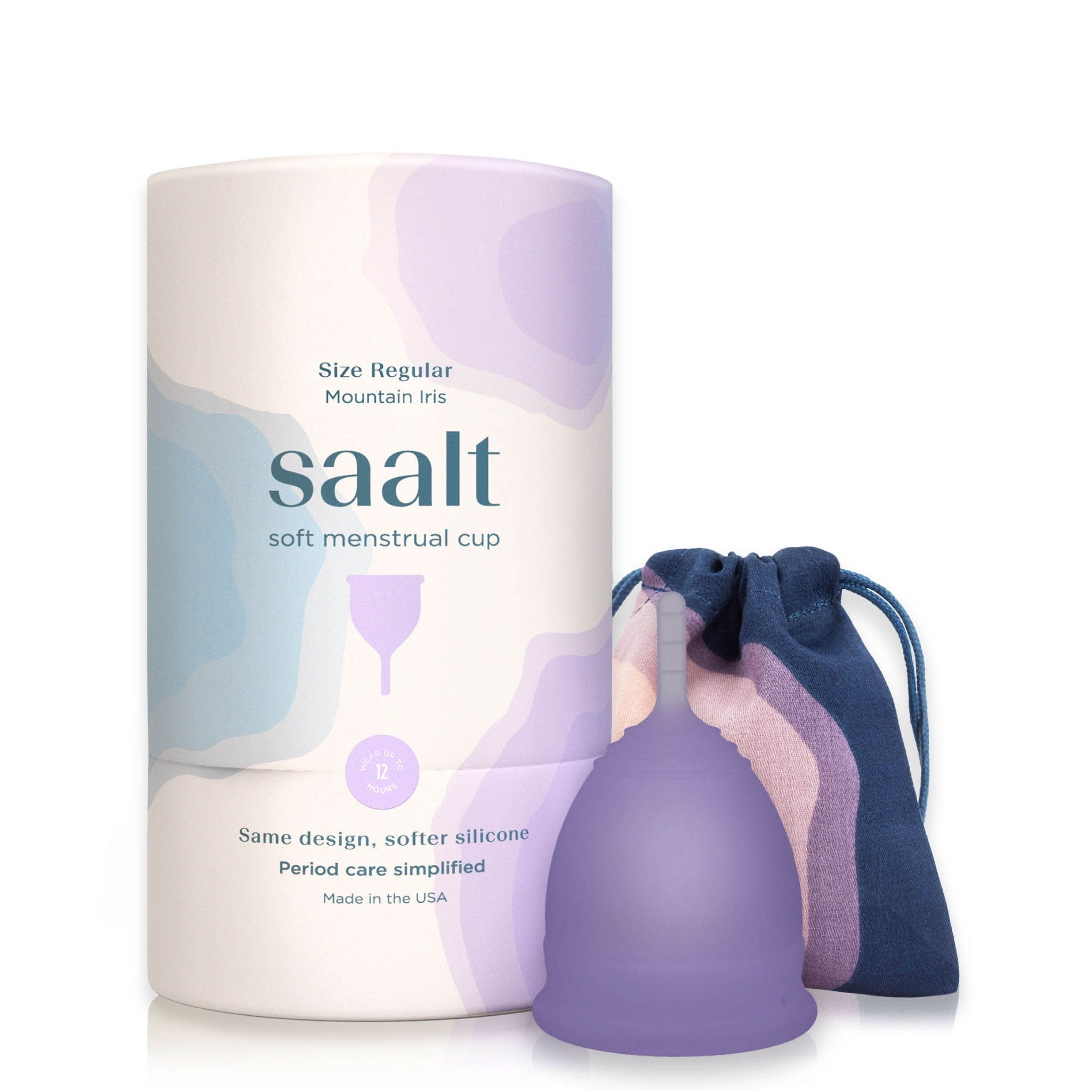Tackling Common Leaks: A Guide for Marathon Runners
Welcome to the exhilarating world of marathon training! Whether you’re lacing up your shoes for the first time or finally committing to that long-distance dream, preparing for your first marathon is both a thrilling and daunting journey. This year, Saalt has partnered with MILK: Every Woman's Marathon to help support and educate how runners can be successful. As you log miles and build endurance, you might encounter some unexpected challenges—like leaks. Yes, leaks! They’re more common than you might think, and understanding them can help you train and race confidently and comfortably. Let's dive into the specifics of four common types of “distance runner leaks” you might experience and how to manage them.
1. Bladder Leaks Due to Childbirth or Pelvic Floor Issues
What to Expect:
Bladder leaks, also known as urinary incontinence, can be particularly common among women who have given birth. The strain of pregnancy and childbirth can weaken the pelvic floor muscles, which support your bladder, uterus, and bowel. When these muscles are weak, the impact of running —especially pounding miles over long distances—can cause stress incontinence, leading to unexpected leaks. Similar to the dreaded “sneeze pee” or “trampoline trickle” some moms may not experience these types of leaks until they try a new activity like marathon training.
How to Manage:
- Strengthening Exercises: Seeing a pelvic health specialist can greatly benefit anyone experiencing urinary incontinence. These specialists can assess your pelvic floor function and prescribe exercises and techniques to help treat incontinence during and outside of running.
- Supportive Gear: Consider using leakproof underwear or period underwear made from moisture-wicking fabric designed for absorption. Having an extra barrier can provide confidence and comfort for minor leaks.
- Hydration Strategy: Balance your fluid intake. Stay hydrated but avoid overloading your bladder by drinking large amounts just before your run. Instead, sip water consistently throughout the day.
- Plan Breaks: If you're doing a long training run, plan bathroom breaks along your route to avoid running with a full bladder.
2. Excessive Sweating
What to Expect:
Sweating is a natural and essential part of running (especially in the hot summer months) as it helps regulate your body temperature. However, some runners experience excessive sweating, which can lead to discomfort and skin issues like chafing.
How to Manage:
- Wear the Right Gear: Opt for moisture-wicking, breathable fabrics to help manage sweat. Lightweight and lighter-colored shorts and sweatproof underwear can help keep you drier and prevent the summer ‘swamp crotch’.
- Anti-Chafing Solutions: Use anti-chafing sticks or powders on areas prone to friction, such as your thighs, underarms, and under your sports bra band.
- Stay Hydrated: While it might seem counterintuitive, staying properly hydrated helps regulate your body’s sweat production. Drink water consistently throughout the day and use electrolyte drinks to maintain balance during longer runs.
3. Performance Anxiety
What to Expect:
Performance anxiety can sneak up on you, especially as race day approaches. This anxiety can sometimes trigger a physiological response, leading to an urgent need to urinate or even a minor loss of bladder control.
How to Manage:
- Mental Preparation: Practice mindfulness and relaxation techniques. Knowing that nerves are normal helps reframe the emotion.
- Routine: Establish a pre-run routine that includes a few extra bathroom visits. You may want to have an extra set of shorts or period proof underwear to change into close to race time.
4. Runner’s Diarrhea
What to Expect:
Runner’s diarrhea, or “runner’s trots,” is a common issue where you experience frequent, loose bowel movements during or immediately after a run. It’s often related to the physical jostling of your intestines and increased blood flow to your muscles, which leaves less for your digestive system.
How to Manage:
- Diet Adjustments: Pay attention to what you eat before running. Avoid high-fiber, high-fat, and gas-producing foods in the hours leading up to your run. Instead, opt for easily digestible foods like bananas, bagels, or an energy gel. Having a “go-to” dinner the night before long runs or race day is key for setting your stomach up for success.
- Hydration: Stay hydrated, but be cautious with caffeinated drinks, as they can act as diuretics and aggravate your digestive system.
- Trial Runs: Test your pre-race meals and hydration strategy during your longer training runs to see what works best for you. Your body will adapt over time and may react differently to heat, hills, or other climate factors. With a little experimentation, you'll find a routine that works well for you and minimizes gastrointestinal distress.
- Investing in period panties with a super gusset, like Saalt Wear Super, will aid you through this scenario. Saalt retails some of the best period underwear on the market. The technology surrounding leakproof panties has evolved tremendously in the last few years making it a must to your run-day gear.
Embrace the Journey
Training for a marathon is an incredible achievement that requires both physical and mental endurance. By understanding and preparing for these common runner leaks, you can tackle them head-on and focus on the more enjoyable part of crossing that finish line. Remember, every runner and body is different, and managing these issues is part of the journey. Happy running!
Shop: best leakproof underwear




